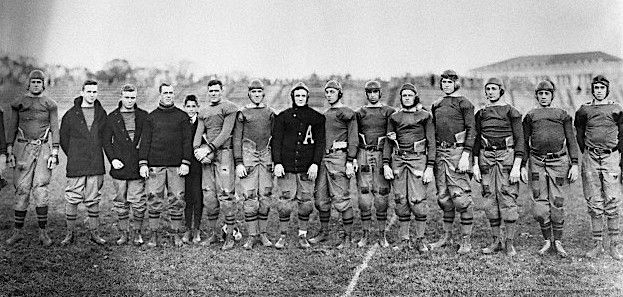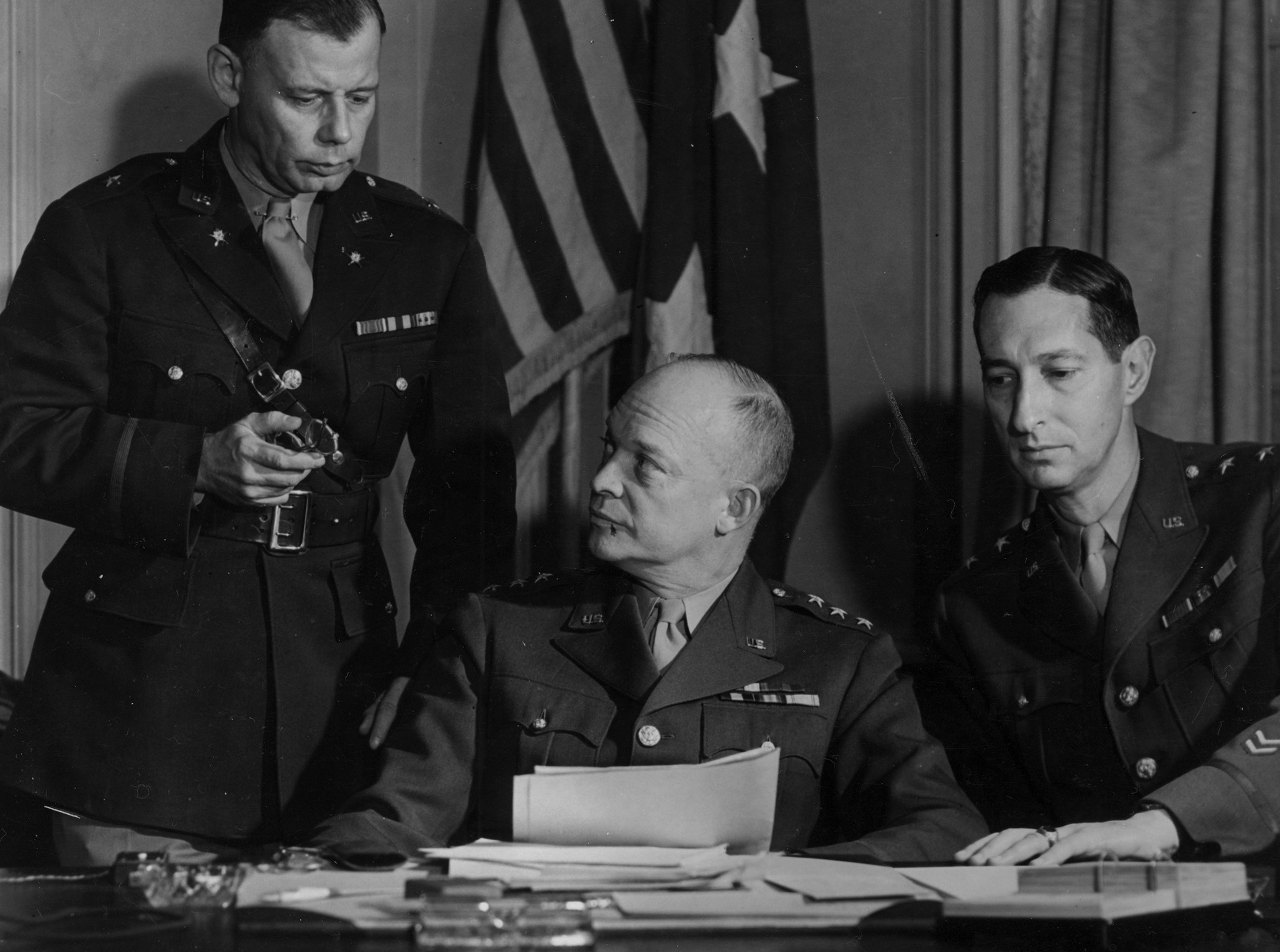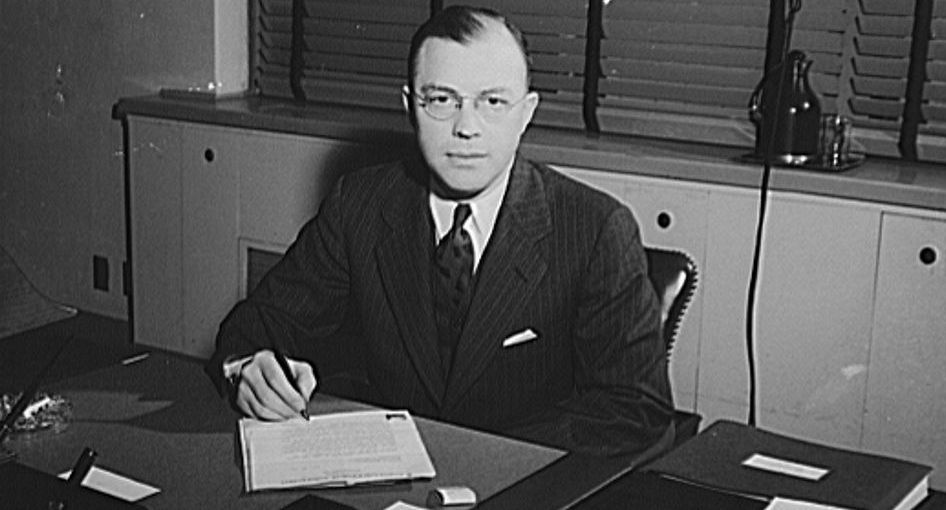Editor's Note: Susan Eisenhower, a consultant and expert on international policy and security, has recently published How Ike Led: The Principles Behind Eisenhower's Biggest Decisions, based on years of research into how her grandfather made his biggest decisions by relying on a core set of principles and gave our country eight years of peace and prosperity. She is also Chairman Emeritus of the Eisenhower Institute.
Dwight Eisenhower felt that a key role for a head of state was to unify the country, and after he became President in 1953, he made national unity arguably his highest priority for the next eight years. Ike was utterly dedicated to the oath he had taken to defend the Constitution, the pledge he first made as a young cadet at West Point.





